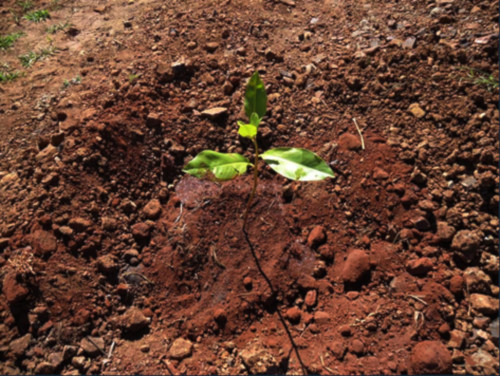Services
Borsari is prepared to provide specialized services of high technical complexity.
Aquatic plants
Monitoring, management and control of Macrophytes
Aquatic plants, also known as hydrophytes or macrophytes, are all superior plants and macroalgae visible to the naked eye that occupy the moist areas, the water sheet and / or the water column of a water body.
The southern hemisphere, especially the tropical countries, has a great variety of aquatic plants, due to the enormous wealth of rivers and humid environments, such as the Amazon rainforest, the Atlantic forest, the Pantanal, swamps, besides the great amount of rivers and lakes that irrigate Brazil.
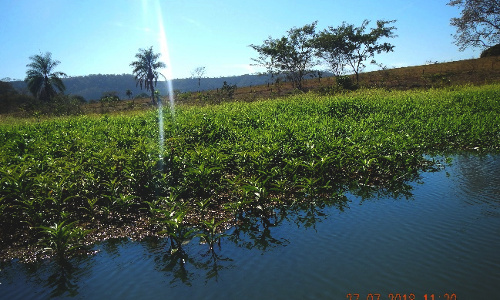
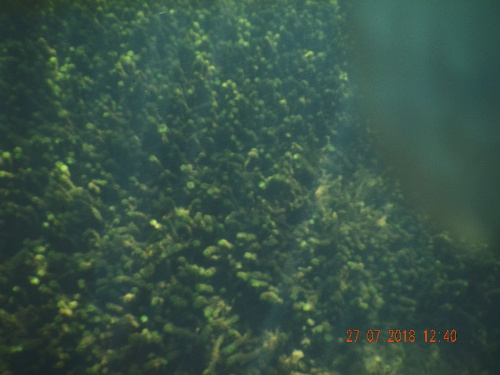
In these environments, a high diversity of natural enemies is observed, such as pests, diseases and predators, capable of keeping populations of macrophytes in levels of coexistence and environmental synergy. As a result, populations are maintained at levels that promote biological diversity and serve as a source of shelter and food for terrestrial and aquatic animals.
The speed of colonization and perpetuation of these species in the environment depends on a combination of factors, such as water quality (nutrient availability), sediment fertility, use and occupation of the reservoir environment, pre-existence of aquatic plant foci in the hydric body, multiple uses of the reservoir, among others.
A detailed diagnosis and continuous monitoring allow conclusive and assertive prognoses regarding the dynamics of this population and the risks inherent in its presence.
Ichthyofauna
Monitoring, rescue and transposition of Ichthyofauna
The periodic monitoring is fundamental for the knowledge of the ichthyofauna that inhabits the reservoir and the downstream stretch. The historical, primary and secondary data of the environment and the enterprise are essential for the establishment of parameters and environmental indicators that define the population structure and the levels of stabilization of these populations, allowing or not the fishing activity.
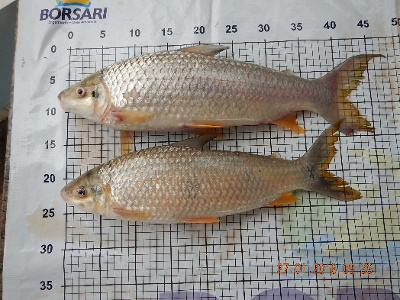
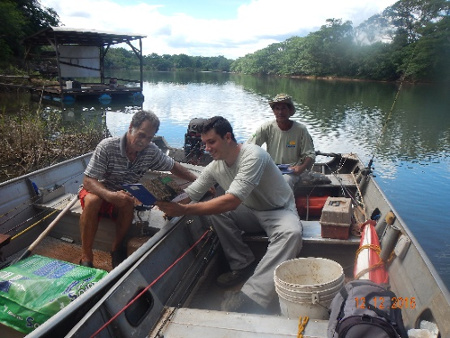
When these analyzes are integrated with the other environmental programs such as limnological monitoring, water quality studies, effluent monitoring, monitoring of the golden mussel, monitoring and development of the permanent preservation area, monitoring of tributaries, among other environmental programs, allow an analysis spatial and temporal factors that identify environmental tendencies, sensitivities and fragilities and, above all, the matrices of environmental changes that may occur, for example when exotic species are introduced into the environment, when there are pressures of use and disordered occupation in the surroundings and risks to the environment. and diffuse sources of eutrophication in the ecosystem.
Flora and Fauna
The native plant formations of the state of Minas Gerais have undergone an intense process of changes over time. Historically, the occupation of the territory and the consequent decharacterization of plants were influenced by the agricultural activities, by the vegetal extractivism and mineral production, besides the urban occupation and other anthropic activities. As a consequence, loss of biodiversity is observed in all biomes, both as a result of the fragmentation process and by the direct suppression of vegetation and its substitution by other forms of alternative land use.
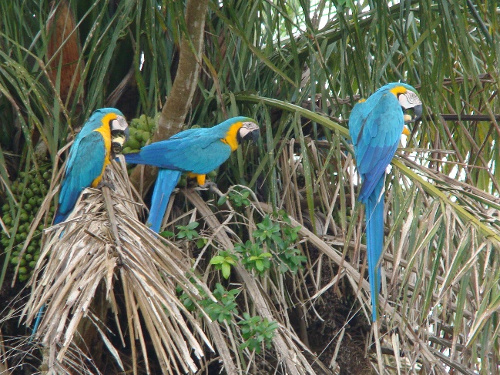
The increasing number of species of flora and fauna currently included in the threatened or endangered categories reflects the risks involved in this process and the importance of protecting and conserving these resources. For actions aimed at the protection of native forest resources to be effective, it is imperative to know in detail the real situation of the vegetation cover, identifying both its spatial distribution and the physiognomic, structural, floristic and dendrometric parameters of the remaining formations.
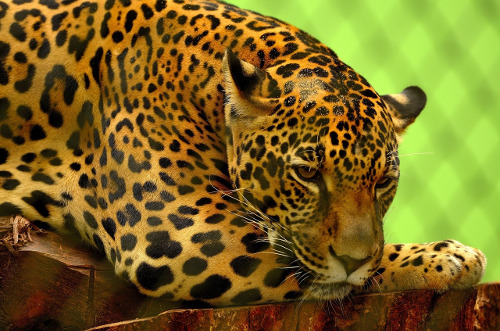
The conservation of wildlife in forested areas is recognized as of vital importance in biological stability, in the maintenance of biodiversity, in the biological control of pests, in the maintenance of the aesthetic values of nature and in the processes of renewal of vegetation in natural reserves.
The wild fauna, to be conserved in forested areas with economic purposes, where reforestation is implanted with fast growing species, requires the maintenance of reserves of natural vegetation, the wildlife nuclei, which must be well distributed, with minimum areas of according to environmental legislation, and representing the best quality areas of the region's primitive ecosystems.
Project, execution, supervision and maintenance of Permanent Preservation Area - APP
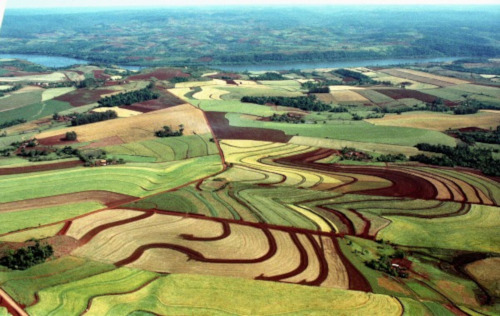
The springs are the natural outcrop of water in the soil, which will give rise to rivers and water courses. Most of the springs are in rural properties, being the producer considered its main protector.
The conservation of the soil and the good use of the same in the agricultural activities are fundamental for the preservation of the springs, as well as for the protection of the riparian forests, which are considered Areas of Permanent Preservation (APPs) by the Forest Code and the state legislations.
Therefore, to prevent problems in cities such as lack of water, floods, silting rivers and springs, we need to adopt conscious practices of soil conservation and plan the recovery of degraded areas.
In order to promote the preservation of water sources and riparian forests, as well as soil conservation, the producer contributes to sustainable rural development, in compliance with current environmental legislation and in the conduct of adequate land management practices and agricultural production.
Recovery of Degraded Areas
Project, execution, supervision and maintenance of degraded areas
The recovery of degraded areas is closely linked to the science of ecological restoration. Ecological restoration is the process of aiding the restoration of an ecosystem that has been degraded, damaged or destroyed. An ecosystem is considered recovered - and restored - when it contains enough biotic and abiotic resources to continue its development without aid or additional subsidies.
Generally the concept of environmental degradation refers to the changes imposed by society to natural ecosystems, altering (degrading) their physical, chemical and biological characteristics, thus compromising the quality of life of human beings.
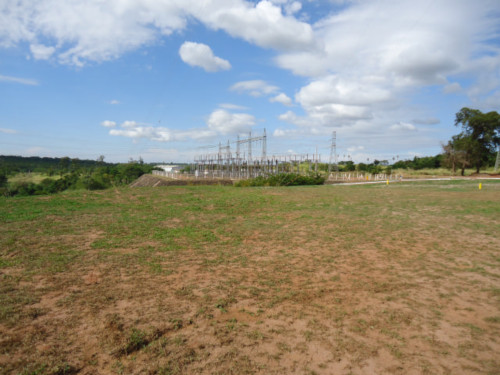
Area modified by an engineering work or subjected to intense erosive processes that alter its original characteristics beyond the limit of natural recovery of the soils, requires the intervention of the man for its recovery.
Agriculture and Livestock
CAR, Outorgas, Geoprocessamento, Regularização Fundiária, Recursos hídricos, Nascentes
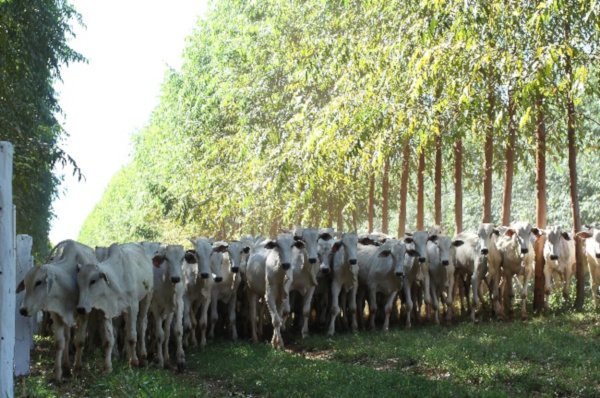
Soil plays a very important role in the preservation of water resources. The conserved soil acts in the regularization of the climate and has as functions to retain, to filter and to store water. Water, besides being essential for life, is fundamental for agricultural activities. The quality of the water also reflects the way the soils are being treated.
When the soil is protected, it acts as a protective cover, preventing rainfall from drawing land into the rivers.
In this way, rainwater infiltrates the soil, being stored in the water table, which will gradually provide water to the springs and water courses.
The sustainable use of soil and water resources, through proper management, must guarantee future generations the production of food and other important products, such as fiber, rubber, wood, etc.
Seedling production
Production of native seedlings – Seed Collection to planting
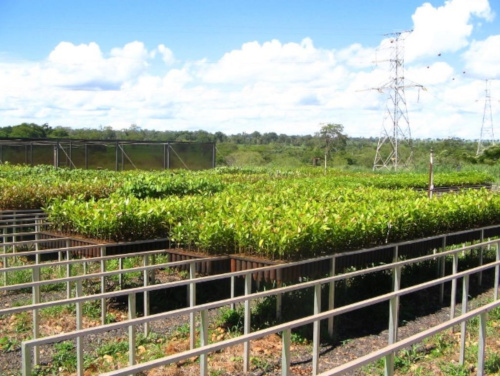
Seed is the main factor in the seedling production process, since it represents a small cost in the final value of the seedlings and is of fundamental importance in the value of the plantations. Therefore, special care must be taken with the production and acquisition of seeds.
The seeds must be of good genetic and physiological quality. They must be harvested in good stands, representative of the species, with all processing and storage techniques.
The main problem is the harvesting of seeds of the native species. There is difficulty in harvesting seeds in the native forest, as would be ideal.
Therefore, it is very common to use few trees (sometimes only one), of urban afforestation and of unknown origin, for the production of seeds. This causes genetic problems, which can affect the success of the future planting.
Care with the production and acquisition of seeds is essential, since revegetation is a medium and long term action, and the beginning of the process should offer some certainty as to the success of future plantations. We ensure the provenance in accordance with the need of the enterprise, since we can move specialized teams to fragments representative of the regional flora.
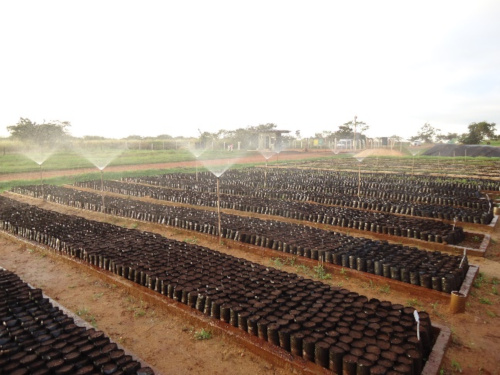
Forestry of Native Species
Species survey and stage of development (pruning, selection, enrichment, firebreaks, fencing, ecological corridors, etc.)
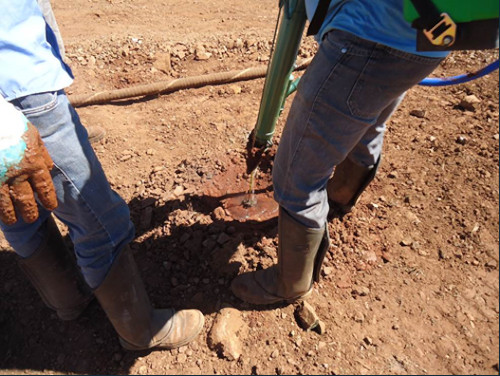
The riparian forests have a high floristic heterogeneity because they occupy different environments along the banks of the rivers. The great variation of ecological factors in the margins of the watercourses results in a shrub-tree vegetation adapted to such variations.
As a rule, it is recommended to adopt the following basic criteria in selecting species for recovery of riparian forests: planting native species occurring in riparian forests of the region; plant as many species as possible to generate high diversity; to use combinations of pioneering fast-growing species together with non-pioneer species (late secondary and climatic);
plant species that are attractive to wildlife; to respect the tolerance of the species to the soil moisture, that is, to plant species adapted to each soil moisture condition. In selecting species to be planted in ciliary areas, it is essential to take into account the soil moisture variation along the watercourse. For permanently wetted areas, species adapted to these environments, such as those typical of swamp forests, are recommended. For dykes, species with survival capacity under temporary flood conditions are indicated. For flood-free areas, such as the highest of the terrain and the marginal ones to the watercourse, but composing high ravines, species adapted to well-drained soils are recommended.
The choice of regional native species is important because such species are already adapted to local ecological conditions. For example, planting a typical ciliary forest species from the north of the country in a ciliary area in the South may be a failure because of climate adaptation problems. In addition, the recovery planning should also consider the relationship between vegetation and fauna, which will act as seed disperser, contributing to the natural regeneration itself. Regional species, with edible fruit by the fauna, will help to recover the ecological functions of the forest, including in the feeding of fish.
